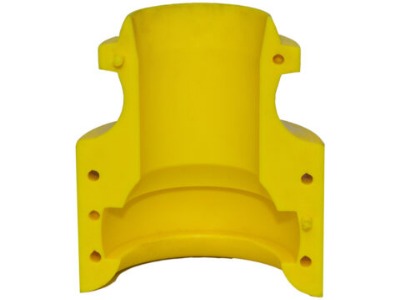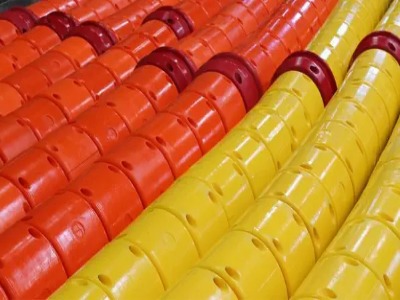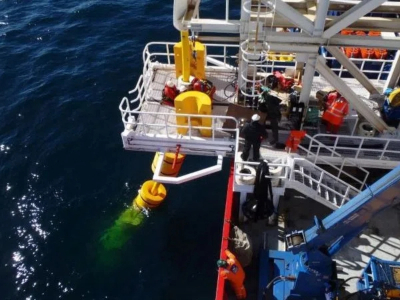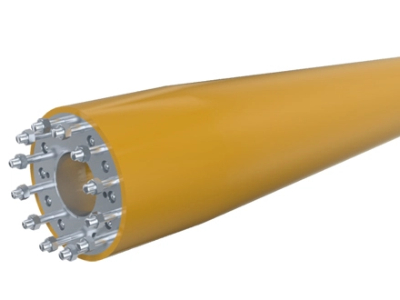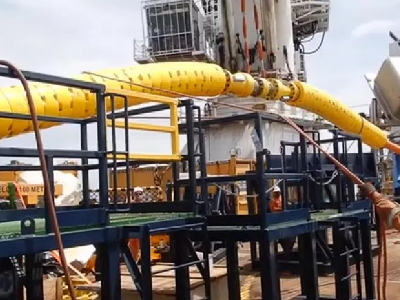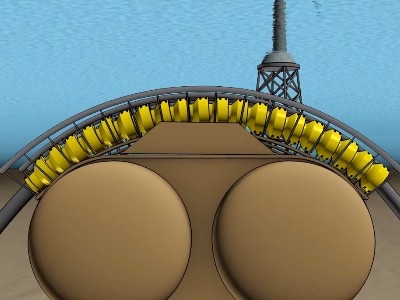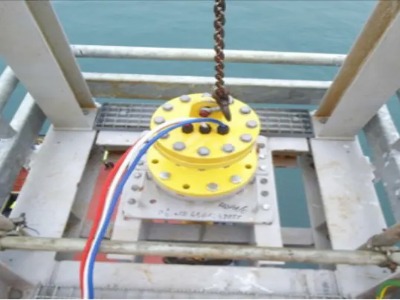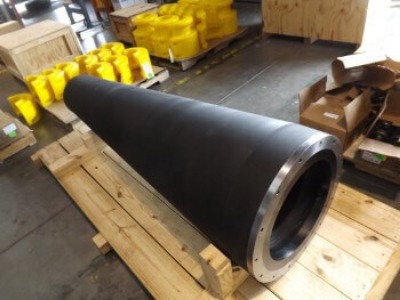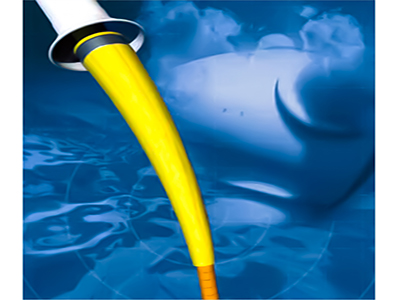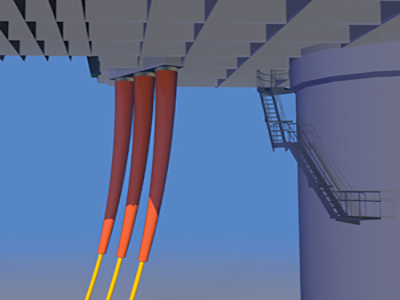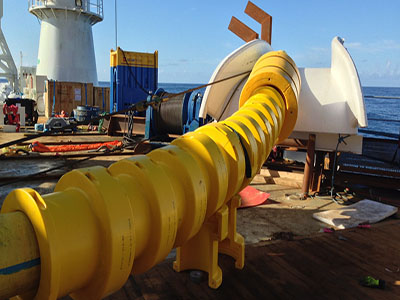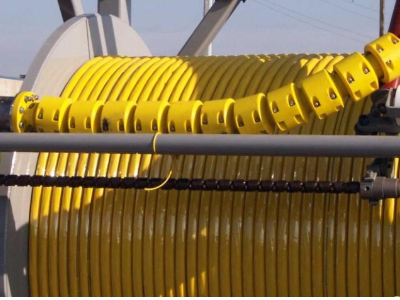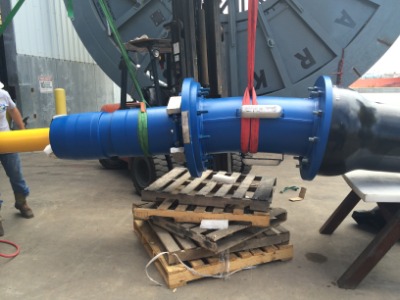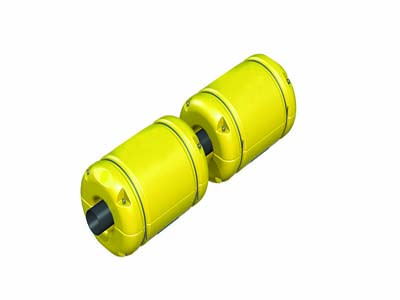Offshore bend limiters protect subsea wind power cables by preventing overbending and mechanical damage, reducing corrosion risks, and extending cable service life.
What is an offshore bend limiter?
An offshore bend limiter is a mechanical protection device typically made of interlocking polyurethane or composite segments, designed to restrict the bending radius of a flexible subsea cable or umbilical. By controlling the amount of flex a cable is allowed to undergo, bend limiters prevent the cable from being damaged due to overbending, fatigue, or external loads.
Installed at vulnerable points—such as J-tube exits, cable hang-off points, and touchdown zones on the seabed—bend limiters serve as the first line of defense in a complete subsea cable protection system.
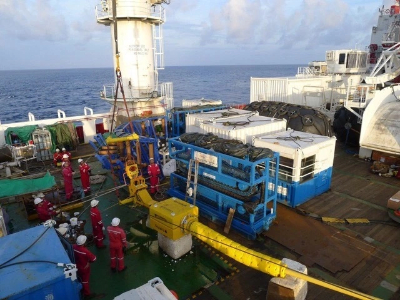
How bend limiters help prevent cable corrosion
While bend limiters are primarily designed to prevent overbending, they also play an indirect but significant role in protecting cables from corrosion. Here's how:
• Prevention of mechanical damage to the cable sheath
Excessive bending, especially during installation or under cyclic loading, can stress and crack the outer sheath of a subsea power cable. Once the protective sheath is compromised, seawater ingress occurs, leading to internal corrosion of metallic layers (e.g., copper conductors, armor wires, or fiber optics).
By enforcing a minimum bend radius, bend limiters prevent such micro-cracks and surface stress, preserving the integrity of the cable's outer layer and eliminating the conditions that would allow saltwater penetration.
• Minimizing bend fatigue and cable movement
In offshore wind applications, cables are subjected to cyclic motion due to wave action, tidal forces, and platform movements. This constant flexing causes bend fatigue, a progressive form of wear that deteriorates both internal and external cable components over time.
Bend limiters reduce the amplitude of movement and distribute bending forces over a larger, controlled radius, thereby lowering the chances of fatigue-induced cracks that could expose internal conductors to corrosion.
• Sealing interfaces and stress concentration zones
At cable connection points—such as where the cable exits a J-tube or transitions from dynamic to static segments—stress concentrations are naturally higher. These areas are especially prone to mechanical wear and moisture ingress. Bend limiters shield and reinforce these interfaces, helping to maintain water-tightness and mechanical strength.
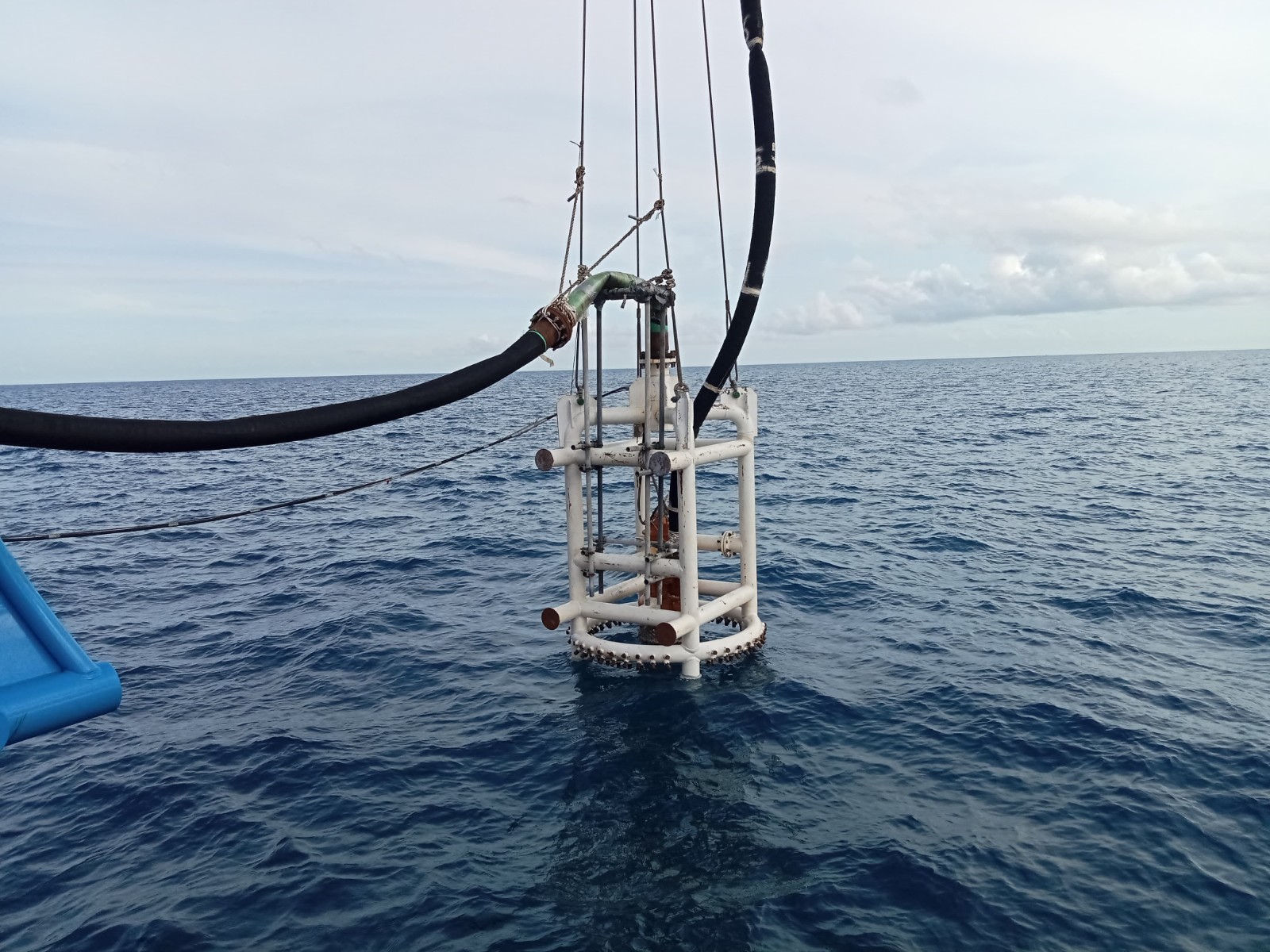
Advantages of using polyurethane bend limiters
• Corrosion resistance: Polyurethane materials are inherently resistant to saltwater, UV exposure, and marine biofouling, making them ideal for long-term use in offshore environments.
• Long service life: Properly engineered bend limiters have a design life of 25+ years, matching or exceeding the operational lifespan of offshore wind farms.
• Controlled bending range: The vertebra-style design allows flexibility within a safe bending range, preventing kinking or sharp bends that can damage the cable.
• Maintenance-free: Once installed, they require minimal or no maintenance, lowering O&M costs for offshore wind operators.
Bend limiters are more than just mechanical supports—they are essential components of subsea cable protection strategies in offshore wind power systems. By preventing excessive bending, reducing mechanical fatigue, and preserving the cable’s outer sheath, bend limiters significantly reduce the risk of corrosion, extend cable life, and ensure reliable power transmission from offshore turbines to onshore grids.

